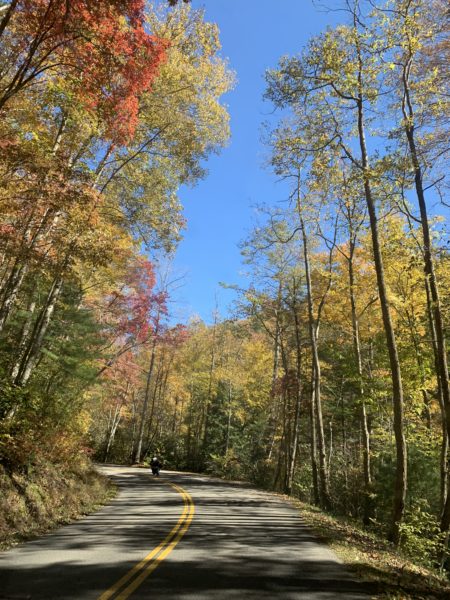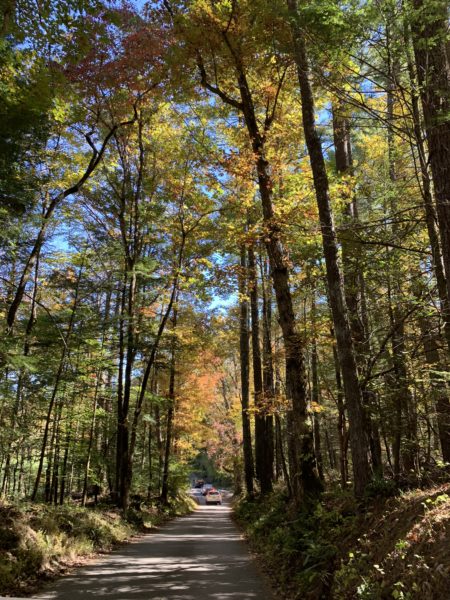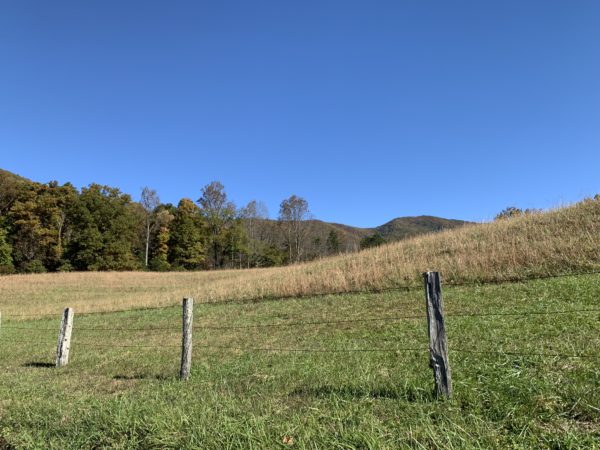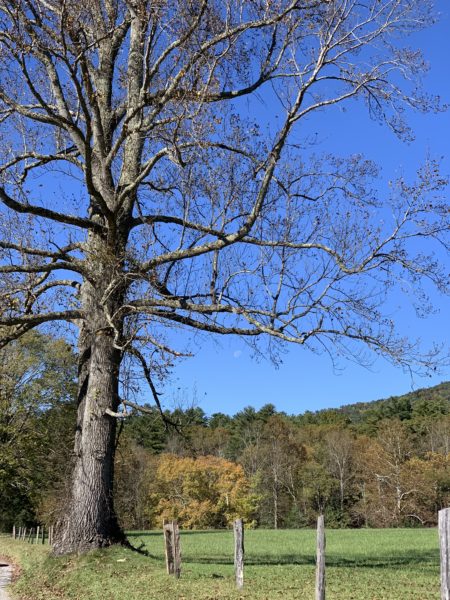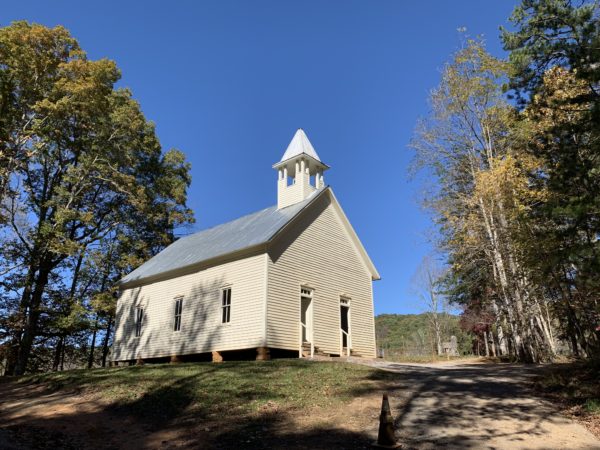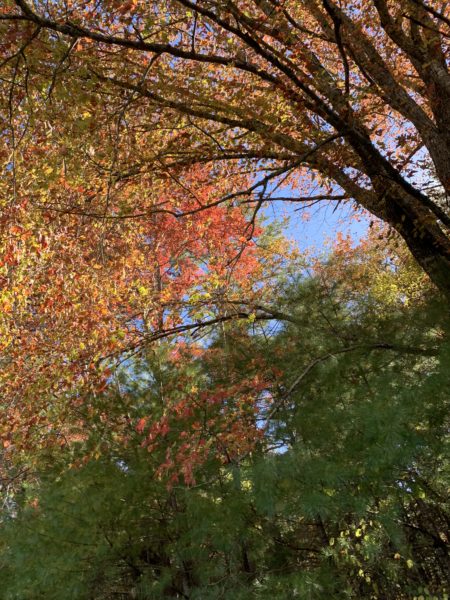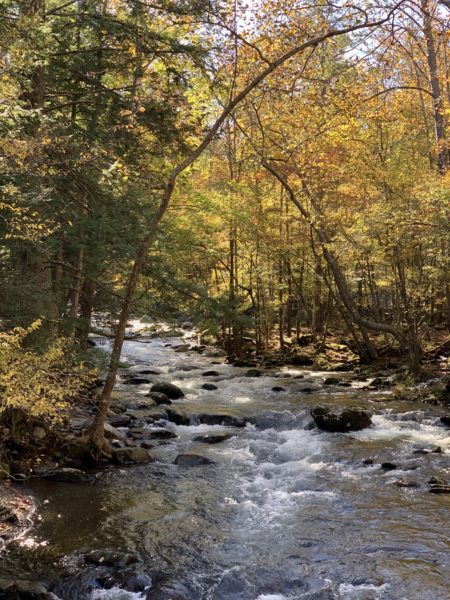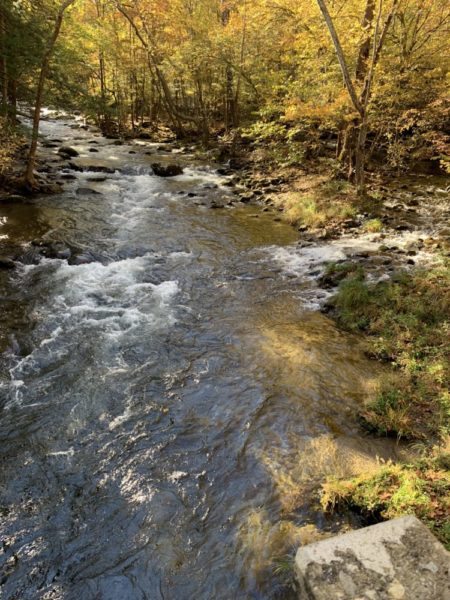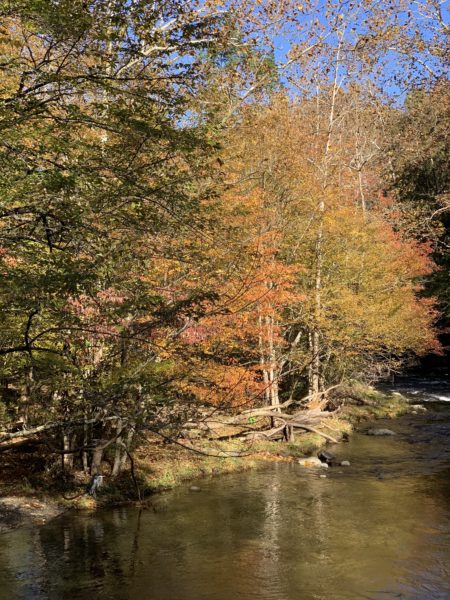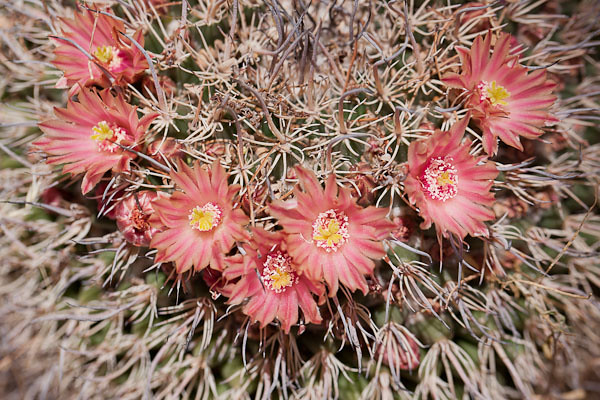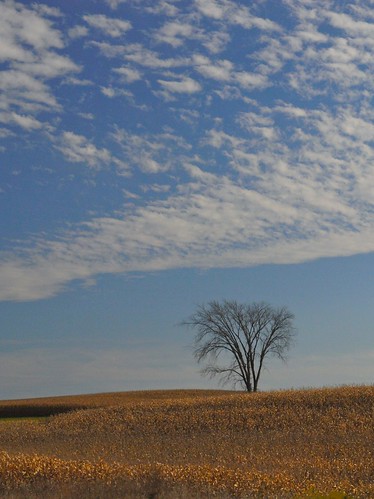Driving the Blue Ridge Pkwy ©2018 Bo Mackison
The idea is to fit the Parkway into the mountains as if nature has put it there.
~ Stanley Abbott, Landscape Architect for the Parkway
What a grand day for an autumn color drive! The sun was bright, the trees were in peak colors at the lower elevations, and, surprisingly, the traffic was minimal on a Monday in late October. We were heading to Hendersonville, North Carolina, en route to Patti Digh’s Life is a Verb Camp. (More on camp coming in later posts — it’s my annual recharge!)
We left the Cherokee Visitors Center in the Great Smoky Mountain National Park around noon and headed south towards Asheville.
Groundbreaking for the 469-mile Blue Ridge Parkway was in late 1932, but it was officially dedicated on September 11, 1987, fifty-two years after construction began.
After President Franklin D. Roosevelt visited Virginia’s first Civilian Conservation Corps road building camp where they were building the Skyline Parkway through the new Shenandoah National Park, he approved a similar CCC project, with the intention of creating jobs in the rural areas of North Carolina, Tennessee and Virginia.
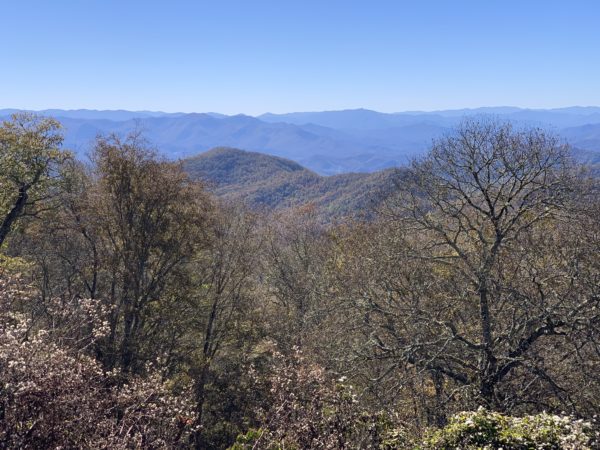
Blue Ridge Vista ©2018 Bo Mackison
Plenty of opportunity to pause and gaze at the scenic mountains in the distance. It makes for slow travel, but every stop is worth it.
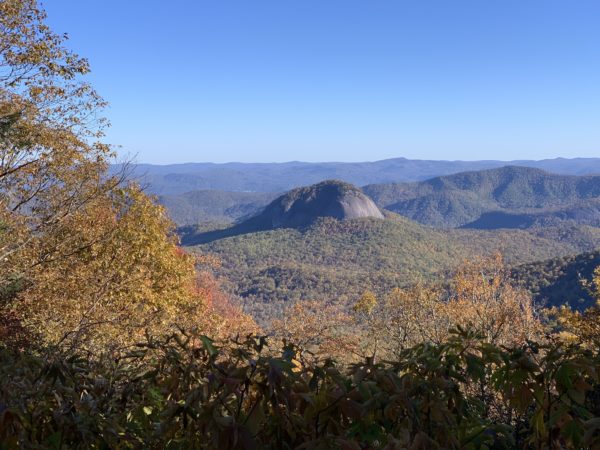
Log Hollow Overlook ©2018 Bo Mackison
Trees! Shades of oranges and reds, yellows and browns, with a scattering of evergreen green. Log Hollow Overlook offers a stunning view of Looking Glass Rock, one of the largest masses of granite in the Eastern United States. This rock gets its name from the shimmering mirror effect when sunlight hits its surface after a rainfall.
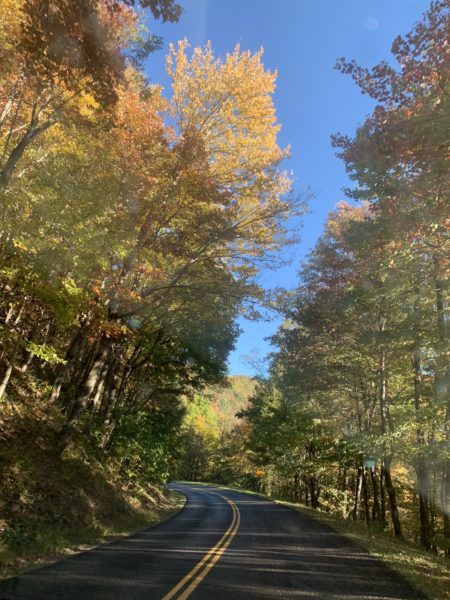
Blue Ridge Parkway ©2018 Bo Mackison
Nearly 200 parking areas and overlooks were incorporated into the Parkway’s deisgn so that motorists could enjoy a leisurely ride through the mountains. The road rises to 6,000+ feet at Richland Balsam Overlook in North Carolina. Up and down and around every curve — beauty!
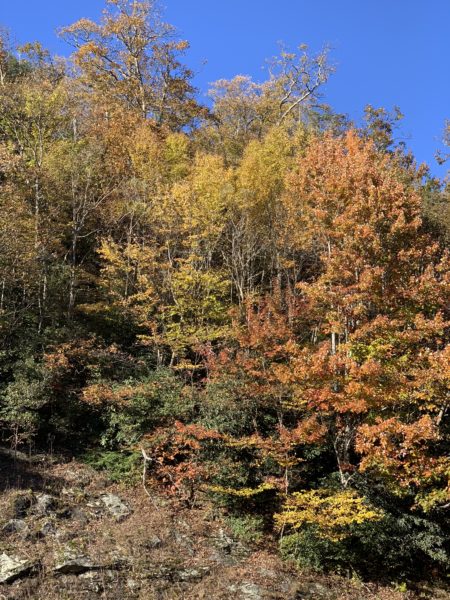
Blue Ridge Autumn Glory ©2018 Bo Mackison
We only drove about 70 miles on the Parkway, but it was a leisurely drive — is it possible to have a drive too leisurely on this scenic road? — with many stops at the overlooks and a desert and coffee break at Mt. Pisgah Inn. This inn, at nearly 5,000 ft elevation, is the highest place for lodging on the Blue Ridge Parkway. Imagine how gorgeous is the view from the motel rooms’ balconies! (Sorry, no photos of the Pisgah Inn — we were in a hurry to get to our cabin in Hendersonville by night fall!)
